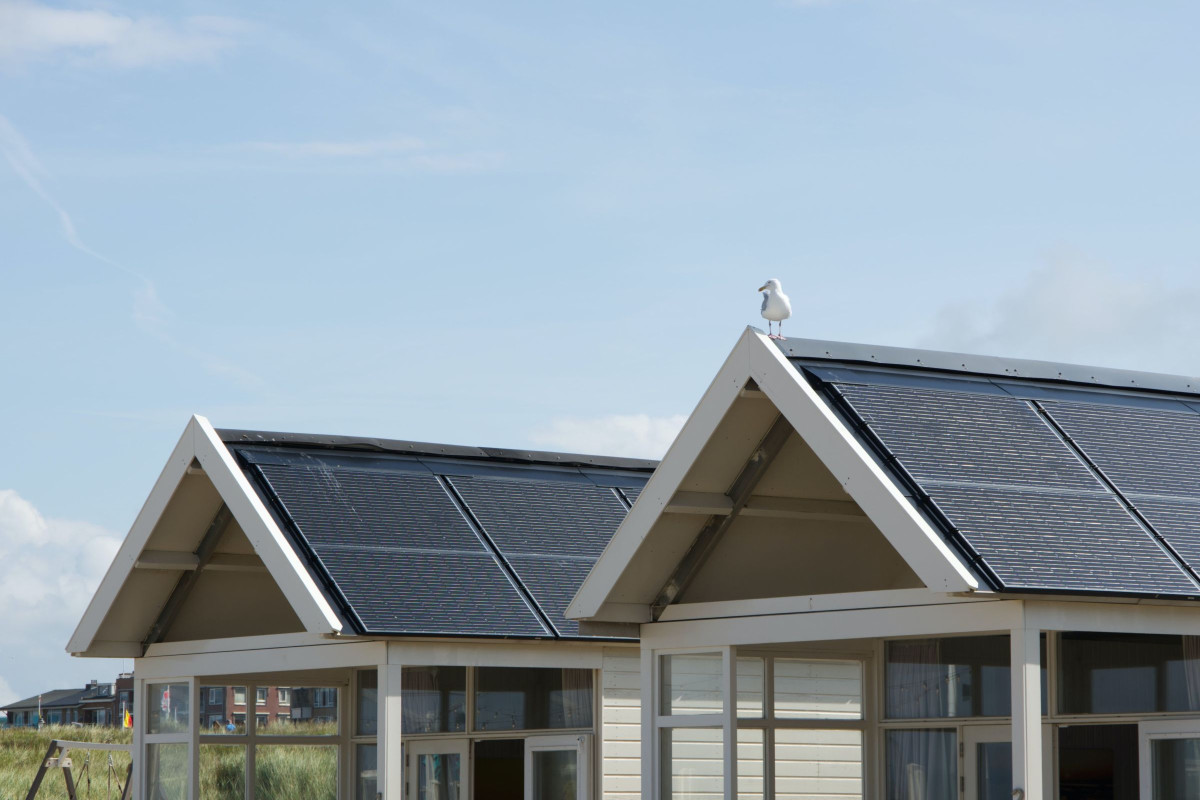Solar Panels:How Many Do You Need for a Home in the Philippines?

The number of solar panels needed to power a home depends on several key factors: your expected power consumption, each panel’s power rating, average daily sun hours, and the capacity of your battery storage.
These data points are essential to accurately estimate how many panels your system will require.
Many YouTube tutorials focus on showing how to physically connect solar panels, charge controllers, and DC to AC inverters. While following them can help you get started, it’s equally important to understand the calculations behind system sizing.
This knowledge enables you to design anything from a small off-grid setup to a full home solar power system.
We don’t claim this is the only method for calculating your solar needs—but we hope it gives you practical insight. Disclaimer: we’re not professional solar engineers; what we share here is based on our own research and experience. Always double-check with an expert before making major decisions.
Expected Power requirement Day
This helps in designing your system properly—especially in deciding on the balance between solar panel capacity and battery storage.
Solar Panel Power rating
The power rating of each solar panel plays a key role in determining the number of panels your system will need. For example, if you use higher-rated panels like 500 W or 1000 W, you’ll need fewer of them to meet your target power.
On the other hand, if you choose smaller panels—say, 100 W—you’ll need more to reach the same total capacity.
Why choose smaller panels? They’re lighter, which can reduce the load on your roof and potentially help it last longer.
However, if you plan to install your panels on the ground, you might prefer larger panels since space and weight are less of a concern. Ultimately, the choice depends on your installation site, budget, and system design preferences.
Sun Hours
In the Philippines, the average peak sun hours range from around 4.5 to 5.5 hours per day. This relatively short window of strong sunlight explains why many solar system designs use a 2:1 ratio between the total solar panel capacity and the battery capacity.
In simple terms, you often need to install about twice the daily required wattage in solar panels to reliably charge your batteries.
Battery Capacity
Suppose your estimated power requirement is 2 kW during the day and another 2 kW for nighttime use until sunrise. To cover the nighttime demand, your battery bank must store enough energy, accounting for the battery’s depth of discharge (DoD).
For example:
- A LiFePO4 battery typically has a DoD of around 80%, so to supply 2 kW reliably, you’d need about 2.5 kW of battery capacity.
- A Gel or lead-acid battery often has a lower DoD, around 50%, which means you’d need roughly 4 kW of battery capacity to provide the same usable energy.
It’s also important to remember that this calculation only covers nighttime storage. You’ll still need to size your solar panels and possibly extra batteries to handle your daytime power usage directly.
Putting it all together
If you choose a LiFePO4 battery, and apply the common 2:1 ratio (meaning your total solar panel capacity should be about twice your daily energy requirement to fully charge the battery), you’ll need around 5 kW of solar panels.
Using panels rated at 500 W each, this means you’d need at least 10 panels just to charge the batteries.
But don’t forget: this doesn’t yet include the additional power you’ll need to run appliances directly during the day. Depending on your actual daytime usage, you might need to install several more panels—often at least 5 extra 500 W panels or more—to cover that demand.
In total, your complete system could easily require 15 or more panels, depending on your specific needs and lifestyle.